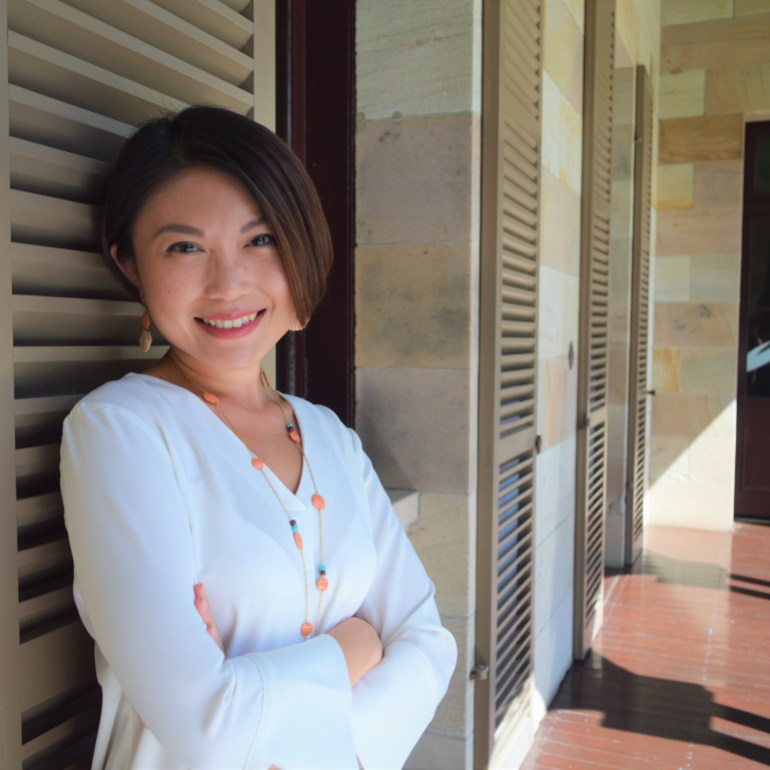As Australia reopens, crippled tourism sector feels cautious hope
Sydney, Australia – Sydney tour guide Justin Steele remembers the exact date of his last tour with international visitors two years ago.
“It was Sunday, 15 March, and I had three international guests, one from China, one from Korea and one from America,” Steele, the 32-year-old founder of Local Sauce Tours, told Al Jazeera.
Just days later, on March 19, 2020, Australia announced the closure of its borders to keep out COVID-19, putting his business in the deep freeze.
As Australia reopens to international tourists on Monday, Steele is excited to meet his customers again, but has no doubt his company will take time to recover.
“I expect it’ll probably still take several months before we start seeing significant numbers of bookings,” said Steele, who leads small tours of Sydney’s iconic bars, restaurants and laneways.
Before the pandemic, Australia welcomed 9.3 million visitors, with tourist spending hitting 44.6 billion Australia dollars ($32b) in 2018-19, according to Tourism Australia. Between March 2020 and March 2021, international tourists dropped to practically zero, inflicting losses of 40.7 billion Australia dollars ($29.2b) on the sector. The return of tourists, who can enter Australia quarantine-free so long as they are double-vaccinated, comes after the government lifted restrictions on skilled migrants and international students in November.
 Jason Cronshaw is considering suspending his tour bus business until tourists return in big numbers [Courtesy of Jason Cronshaw]
Jason Cronshaw is considering suspending his tour bus business until tourists return in big numbers [Courtesy of Jason Cronshaw]Tour operators outside major cities like Sydney and Melbourne say they have been hit especially hard, due to their particular reliance on international visitors.
Jason Cronshaw, who operates Blue Mountains Explorer Bus in regional New South Wales, told Al Jazeera he is considering suspending his business at the very moment Australia is reopening to the world.
Before the pandemic, Cronshaw ran two hop-on explorer buses every day, serving around 60,000 tourists a year. But lately, he has only had enough customers to run one bus on Saturdays.
“We’re thinking of just hibernating everything until tourists are back,” Cronshaw told Al Jazeera, predicting Australia would not see an immediate flood of tourists due to restrictive travel policies in many prospective tourists’ home countries.
China, Australia’s biggest tourism market, remains sealed off from the world under a strict “zero COVID” policy that makes travel in or out of the country difficult.
“China’s probably not going to get their residents out in a hurry,” Cronshaw said. “So it’s still going to be a long way away to get any sort of people back.”
Elaine Chiao Ling Yang, senior lecturer of tourism at Griffith University in Brisbane, told Al Jazeera the revival of Australia’s tourism industry would depend on China.
“I think the interest [among Chinese tourists] is there, but it depends on China’s ‘zero COVID’ policy and quarantine policy for returning travellers,” she said.
Staff shortages
For tourism operators in Western Australia, where authorities have yet to reopen the state border with the rest of the country, the return of international tourists will be a longer wait.
After scrapping earlier reopening plans in January, Western Australia Premier Mark McGowan on Friday announced March 3 as the date for lifting interstate travel restrictions.
Tim Stone, the operator of Best of Perth Tour, told Al Jazeera he expects tourism to recover much faster in eastern states like Victoria and New South Wales than in Western Australia.
“It’s exciting to see international tourists back,” said Stone, who has had to cut back operations to one or two days a week due to a lack of customers.
Besides uncertainty about customers, the sector is also facing a labour shortage due to a plunge in temporary visa holders and international students during the pandemic.
Even before the pandemic, the sector was expected to have a staff shortage of nearly 30,000 workers by 2020, according to a 2015 report by the Australian Trade and Investment Commission
“While the reopening of international borders will bring more tourists and migrant workers back to Australia, it will take time for businesses to recruit and train new workers to meet the demand,” said Yang, the Griffith University professor, adding that the issue of labour shortages in regional destinations “will remain a persistent issue for years to come”.
 Tourism expert Elaine Chiao Ling Yang says Australia’s industry is facing major staff shortages [Courtesy of Elaine Chiao Ling Yang]
Tourism expert Elaine Chiao Ling Yang says Australia’s industry is facing major staff shortages [Courtesy of Elaine Chiao Ling Yang]Dean Long, the CEO of Australian Federation of Travel Agents, also said the staff shortage would affect quality of tourism services and travellers’ experiences.
“Australia is a high-price destination,” Long said, predicting Australia’s remote location might also contribute to a slower recovery than its peers. “When they come here, the price point that we charge will deliver to the value that’s expected for that price point.”
He predicted the industry would not be back to pre-pandemic levels until early 2024, assuming new major outbreaks or variants did not get in the way.
But Long is still optimistic about the future of the sector.
“It’s never too late [to reopen the international border],” said Long. “The important part for us, as we told the government, is they can’t close it again.”
Despite the frustration and uncertainty, tourism business owners like Steele are determined to stick it out.
Steele said he understood people might be reluctant to travel during the pandemic, but he wanted to encourage people to come and experience Australia.
“Australia is gonna be one of the safest places you can visit, and just the variety of experiences that you can have,” he said. “If you’re looking to travel, Australia really should be at the top of people’s lists.”




